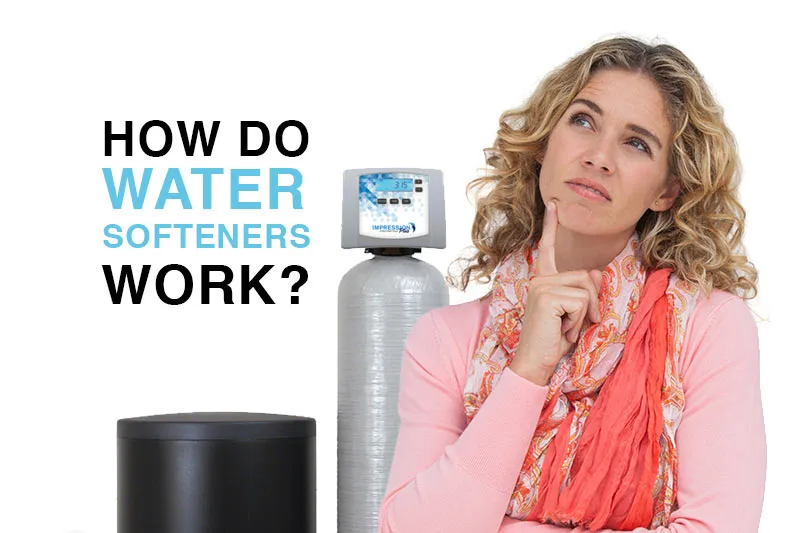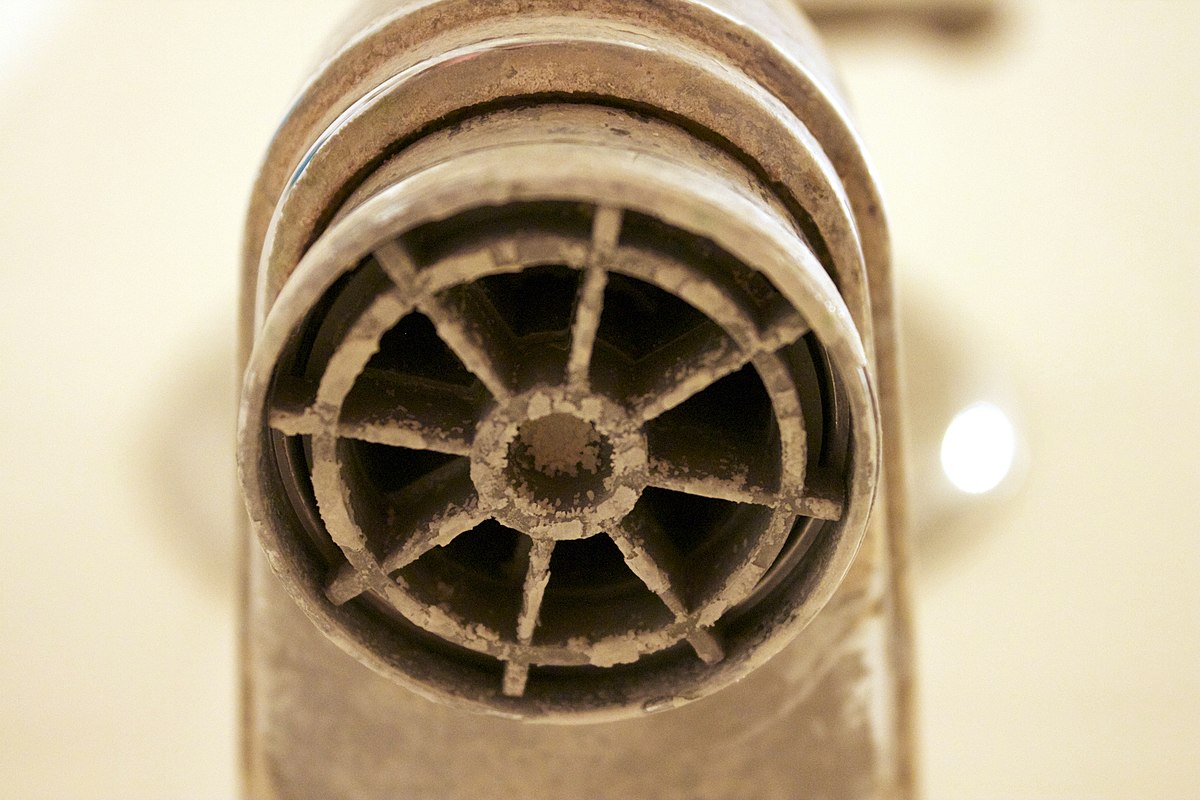Currently Empty: R0.00

What Is A Water Softener?
Water Softener removes hardness-causing calcium and magnesium minerals from your water through a process called ion exchange. A water softener addresses one of the most prevalent and devastating water problems: hard water. Hard water wreaks havoc on the modern home. Scale builds up in your pipes, clogging them and decreasing water pressure. Scale dramatically shortens the lifespan of appliances like dishwashers, coffee makers, and ice machines. Hard water destroys hot water appliances. The higher the temperature of the water, the more calcium and magnesium will solidify and harden into solid deposits inside your hot water heater.
Without a water softener, laundry demands extra detergent to prevent it from looking dingy. Dishes will come out of your dishwasher streaked and stained. Filmy scum builds up on your shower curtains and your soap and shampoo will not lather. Bathing in hard water leaves your skin itchy and dry and your hair lifeless and sticky. The sheer amount of time, energy, and money required to clean up the detrimental side effects of hard water is dizzying. A water softener is a solution to the scourge of water hardness.
What is Hard Water & How is it Softened?
What exactly are hard water and limescale?
Hard water contains high levels of minerals, such as calcium and magnesium, the chemical structure which allows them to bind together with other metals. When hard water evaporates, limescale is left behind. It produces a hard, chalky deposit and builds up where water is heated or left standing. It is most commonly found, although not exclusively, in association with hot water – for example in kettles and on taps and shower heads. However, it also builds up in less visible areas – the inner surfaces of pipes, washing machines, and dishwasher elements, for example.
What does limescale look like?
Water filters vs water softeners
Unlike a water filter, which removes contaminants like sediments, chemicals, and unwanted organic matter from your water, water softener filter systems are created to remove excess calcium and magnesium from water. Ultimately leaving you with only soft, silky water flowing out of your taps, preventing damage to your household appliances, while being kinder and gentler on your skin.
How do water softeners work?
Water softeners use ion exchange process. Ion-exchange works by removing the calcium and magnesium from your water﹘the minerals in hard water that cause the chalky build-up (limescale) on heating elements, spotting on your cutlery and glassware, and blockages in your shower nozzles. The softener tanks are filled with resin beads. As water passes through, these beads attract and hold on to the magnesium and calcium minerals in the water and ‘exchange’ them for sodium ions. This process makes the water soft.
What are the components of a water softener?
Water softeners consist of three main components: A control valve, a mineral tank, and a brine tank.
Here’s how each of these components works:
-
The mineral tank
This is basically the chamber where the hard water is softened. The water flows through a layer of resin beads that extracts calcium and magnesium ions, leaving only soft water to flow through your pipes and into your household appliances.
-
The control valve
A control valve is a vital component as it measures the amount of water passing through the mineral tank. The meter in the control valve tracks the volume of water that enters the mineral tank. Before the resin beads reach the capacity of mineral content that they’re able to hold, the control valve automatically starts the regeneration cycle. The maximum capacity or limit will be programmed into the control valve’s computer, taking into consideration the level of hardness of the water in your home, as well as the size of your home.
-
The brine tank
This is a smaller tank containing a salt solution, and in some cases, potassium as well. The role of the brine tank is to assist with the regeneration of the positive charge of the resin beads. Salt pellets or blocks get added to the brine tank, and these dissolve in the water at the bottom of the tank. Once the control valve picks up that the capacity of resin beads has decreased, the brine solution gets released into the resin in the mineral tank.
How does water softener regeneration work?
The type of regeneration cycle your system will have depends on the type of water softener filter system it is.
Here’s a quick breakdown of how the two different regeneration cycles work:
- Co-current regeneration cycle
In water softener filter systems using a co-current regeneration cycle, the brine solution flows into the mineral tank in the same direction as the water, it then flows down to the resin bed, where an ion exchange takes place.
The salts in the brine cause the beads to release the trapped magnesium and calcium ions and exchange them for sodium ions. In this type of cycle, a large volume of water and salt is used. In a co-current regeneration cycle, the beads with the most charge can be found at the top of the tank.
- Counter-current regeneration cycle
You may have guessed that in a counter-current regeneration cycle, the water flows into the tank via the bottom of the mineral tank. The brine is pushed up and into the resin bed, and since the resin beads at the bottom of the tank are usually less consumed, this process uses much less water and salt. The resin beads at the bottom of the tank will also carry a higher charge than the beads at the top.
How do you know if you need a water softener?
If you think you might have a hard water issue, you should know that the benefits of a water softener really do make the investment worthwhile! It’s also pretty easy to determine whether you have hard water flowing through the faucets of your home.
You should look out for:
- Crusty build-up on your shower heads and faucets
- A build-up of soap scum on your shower curtains, screen and/or shower walls
- A build-up of scum around your bathroom and kitchen sink
- Clean laundry that feels stiff
- Uncomfortably dry skin after bathing or showering
- Dull hair after washing
If you are still not sure, please contact us to assist.
Is softened water good for you?
If you’re prone to skin conditions, such as eczema and psoriasis, softened water may just be the answer you’ve been looking for as it can help you to obtain softer, healthier, and non-itchy skin. There are, however, many sources warning us of the dangers of softened water, why is this? Well, during the ion exchange process, resin beads release sodium into the water. To those who suffer from certain health issues, such as high blood pressure, this may pose a slight threat to your wellbeing. Good news! You can install a water filter after the water softener to remove the sodium. Now that you know what to look out for, you can determine whether or not all signs point to hard water and if so, take a look at our selection of Water Softeners and get ready to say goodbye to hard water forever!




